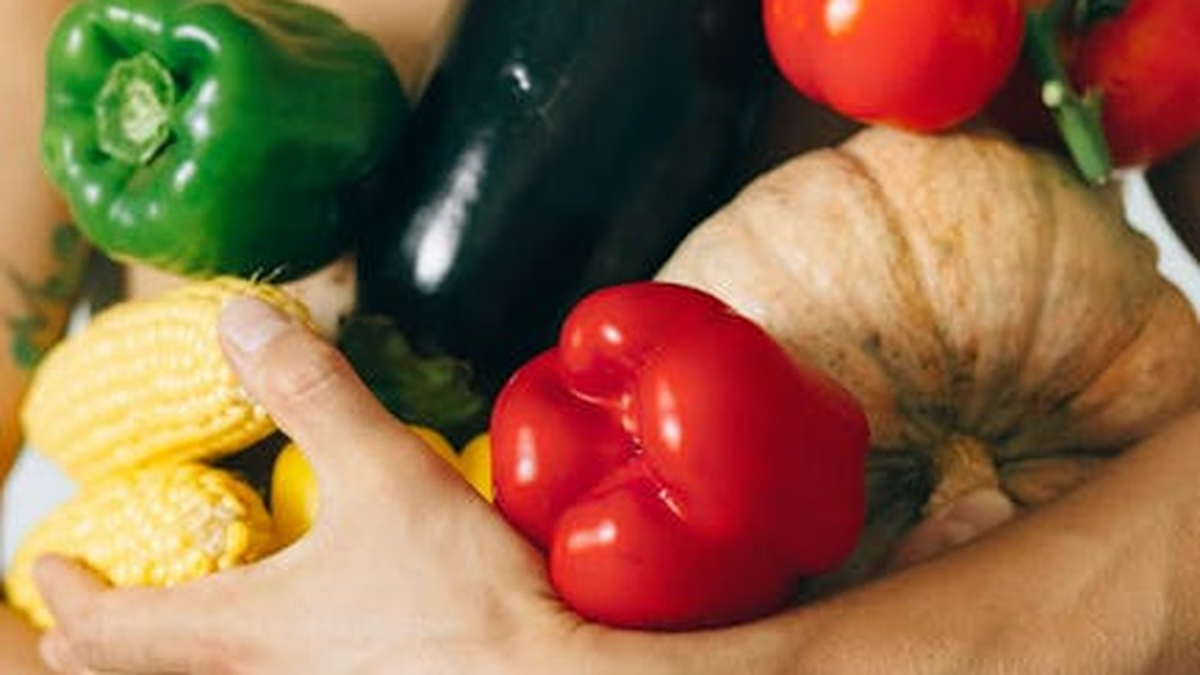Autumnal Harvest: Incorporating Seasonal Produce into Your Diet for Optimal Health
As the leaves change color and the air turns crisp, it’s a perfect time to shift our focus to the bountiful offerings of the autumnal harvest. Eating seasonally isn’t just a trend; it’s a powerful way to enhance your health, support local farmers, and enjoy flavors at their peak. Let’s delve into the world of autumn produce and discover how to incorporate these nutritional powerhouses into your daily diet.
The Benefits of Eating Seasonally
Why choose autumn produce over fruits and vegetables available year-round? The answer lies in a combination of factors that contribute to both your well-being and the environment.
Enhanced Nutritional Value
Fruits and vegetables harvested during their natural season are typically more nutrient-dense. They’ve had the optimal conditions to ripen fully, developing a richer profile of vitamins, minerals, and antioxidants. Research suggests that seasonal produce can have significantly higher levels of certain nutrients compared to those grown out of season.
Superior Flavor and Texture
Imagine biting into a perfectly ripe apple picked straight from the tree in autumn. The taste is unparalleled! Seasonal fall seasonal foods boast a richer, more intense flavor and often have a better texture because they haven’t been subjected to long storage or transportation.
Support for Local Farmers and Sustainability
Choosing autumn produce supports local farmers and their sustainable farming practices. It reduces the carbon footprint associated with transporting food from distant locations. You are also helping to preserve farmland and contribute to the economic vitality of your community.
Cost-Effectiveness
When fruits and vegetables are in season, they are typically more abundant and therefore more affordable. Take advantage of seasonal sales and stock up on your favorite autumn harvest recipes ingredients.
What’s in Season? A Guide to Autumn Produce
Autumn offers a vibrant array of fruits and vegetables. Here’s a glimpse of what you can expect to find at your local farmers’ market or grocery store:
- Apples: A classic autumn fruit, packed with fiber and vitamin C.
- Pears: Sweet and juicy, pears are a good source of fiber and potassium.
- Pumpkins: Not just for carving! Pumpkins are rich in beta-carotene, which converts to vitamin A in the body.
- Sweet Potatoes: A complex carbohydrate that’s high in fiber and vitamins A and C.
- Squash (Butternut, Acorn, Spaghetti): Versatile and nutritious, squash is a great source of vitamins, minerals, and fiber.
- Brussels Sprouts: These mini cabbages are packed with vitamins K and C, as well as fiber.
- Broccoli: A cruciferous vegetable that’s rich in vitamins, minerals, and antioxidants.
- Cauliflower: Another cruciferous vegetable that’s a good source of fiber and vitamins.
- Cranberries: Tart and tangy, cranberries are known for their antioxidant properties and potential benefits for urinary tract health.
- Root Vegetables (Carrots, Beets, Parsnips): Earthy and nutritious, root vegetables are packed with vitamins, minerals, and fiber.
Incorporating Autumn Produce into Your Diet: Practical Tips
Making the most of the autumn harvest is easier than you think! Here are some practical tips to help you incorporate more seasonal fruits and vegetables into your diet:
- Visit your local farmers’ market: Explore the seasonal offerings and support local farmers.
- Plan your meals around seasonal produce: Look for recipes that feature best autumn vegetables and fruits.
- Stock up when prices are low: Preserve the harvest by freezing, canning, or drying fruits and vegetables.
- Get creative in the kitchen: Experiment with new recipes and flavors.
- Add autumn produce to your snacks: Enjoy apple slices with peanut butter, roasted pumpkin seeds, or a handful of cranberries.
Delicious Autumn Harvest Recipes
Need some inspiration? Here are a few ideas for incorporating autumn produce into your meals:
- Roasted Butternut Squash Soup: A creamy and comforting soup perfect for a chilly evening.
- Apple Crisp: A classic dessert featuring apples, oats, and cinnamon.
- Sweet Potato Casserole: A savory and sweet side dish that’s perfect for Thanksgiving.
- Brussels Sprouts with Balsamic Glaze: A flavorful and healthy side dish.
- Pumpkin Pie: A quintessential autumn dessert.
Addressing Common Questions
What are the health benefits of eating seasonally?
Eating seasonally provides enhanced nutrient intake due to optimal ripening, supports local and sustainable agriculture, offers superior flavor and texture, and can be more cost-effective. It is a key component of healthy autumn eating.
Which fruits and vegetables are in season in the autumn?
Key autumn produce includes apples, pears, pumpkins, sweet potatoes, various squashes, Brussels sprouts, broccoli, cauliflower, cranberries, and root vegetables like carrots and beets.
How can I incorporate more autumn produce into my diet?
Visit farmers’ markets, plan meals around seasonal ingredients, stock up during sales, experiment with new recipes, and add autumn produce to snacks.
The Science Behind Seasonal Eating
While anecdotal evidence and personal experience often drive our choices, there’s growing scientific support for the benefits of seasonal eating. Studies have shown that the nutrient content of fruits and vegetables can vary significantly depending on the season and growing conditions. For example, a study published in the Journal of the Science of Food and Agriculture found that the levels of certain antioxidants in strawberries were significantly higher when grown during their natural season compared to those grown out of season.
Furthermore, our bodies may be better equipped to utilize nutrients from foods that are in season. Some believe that our digestive systems and metabolic processes are naturally attuned to the foods available during specific times of the year. While more research is needed in this area, the existing evidence suggests that aligning our diets with the seasons can have a positive impact on our overall health and well-being, promoting seasonal produce benefits. Boost Immunity This Fall!…
Frequently Asked Questions
Q1: What are the health benefits of eating seasonally?
This important question is covered in detail in the sections above. Review the related content for comprehensive answers.
Q2: Which fruits and vegetables are in season in the autumn?
This important question is covered in detail in the sections above. Review the related content for comprehensive answers.
Mindful Meal Prep for Busy Weekdays: Healthy Recip…
Q3: How can I incorporate more autumn produce into my diet?
This important question is covered in detail in the sections above. Review the related content for comprehensive answers.
References & Further Reading
For more information about Autumnal Harvest: Incorporating Seasonal Produce into Your Diet for Optimal Health, consider these authoritative sources:
-
Harvard Nutrition Source
Evidence-based nutrition guidance from Harvard researchers.
Source: harvard.edu -
Academy of Nutrition and Dietetics
Professional nutrition resources and dietary guidelines.
Source: eatright.org -
CDC Nutrition
Government nutrition recommendations and research.
Source: cdc.gov
These external resources provide additional scientific and medical insights.
Conclusion
Embracing the autumn produce is a delicious and rewarding way to nourish your body, support your community, and connect with the rhythms of nature. By incorporating these seasonal fruits and vegetables into your diet, you can enjoy a wealth of health benefits, savor incredible flavors, and contribute to a more sustainable food system. So, head to your local farmers’ market, explore the bounty of the season, and discover the joy of healthy autumn eating!






